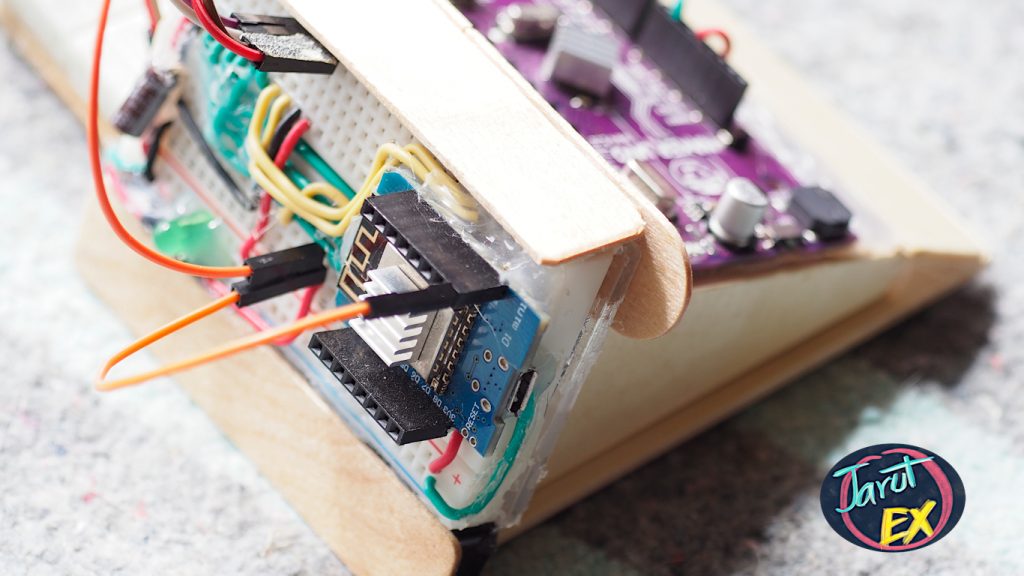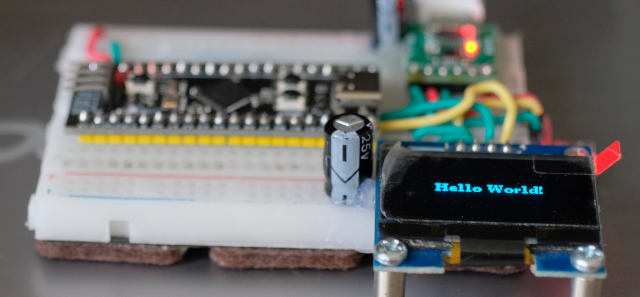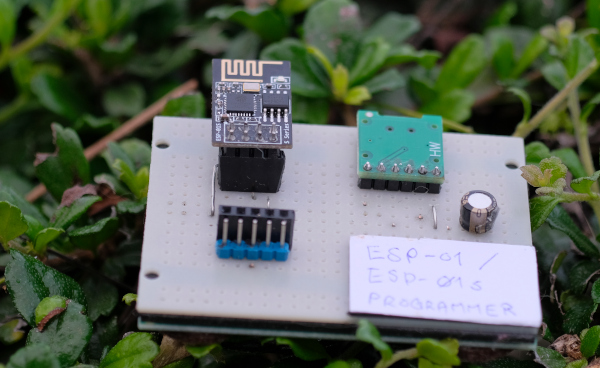This article is an implementation of the MicroPython file system using the esp8266 and esp32 microcontroller boards as an experimental board. The file system usage involves directories and files including connecting the device to be seen as a MicroPython file system, for example, connecting to an SD-Card to see it as a system directory, etc. It uses the os class to create, open, access, write data and disable files which will be part of MicroPython’s file class.









